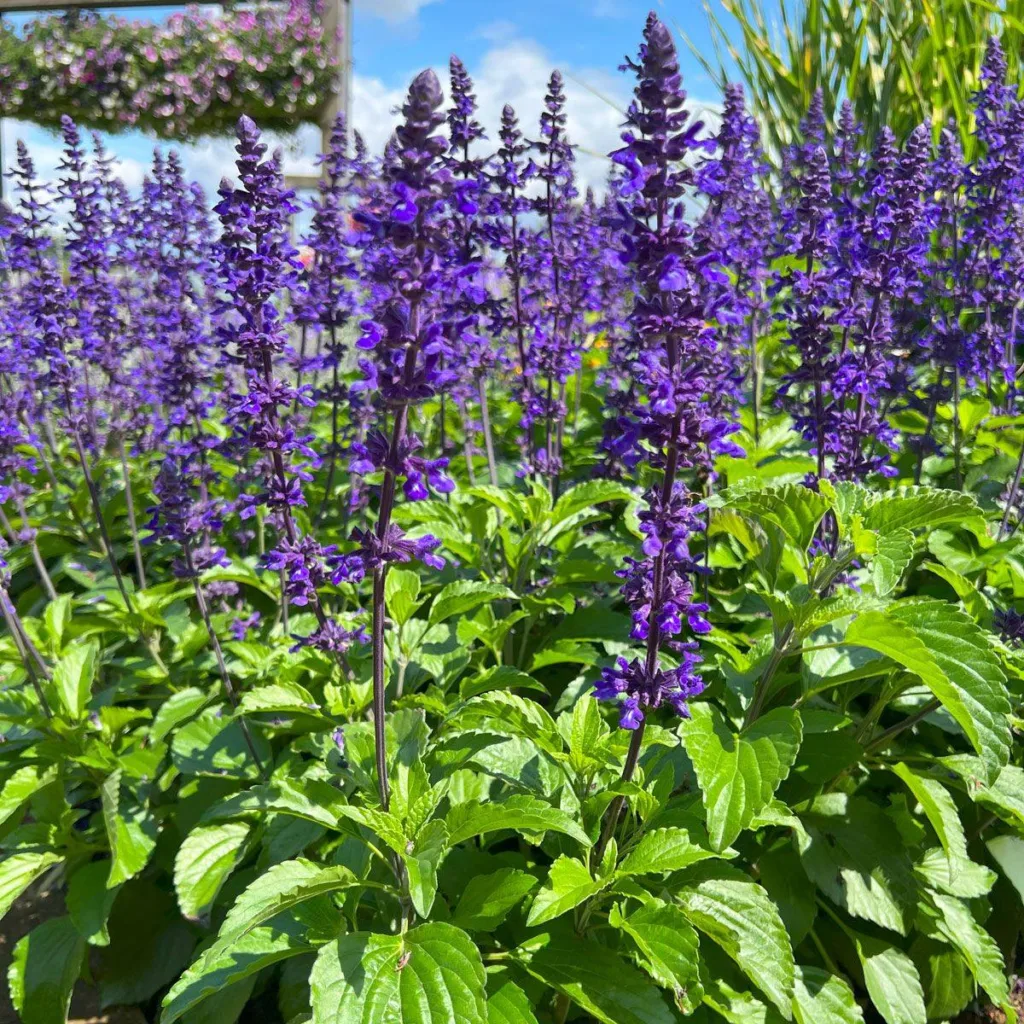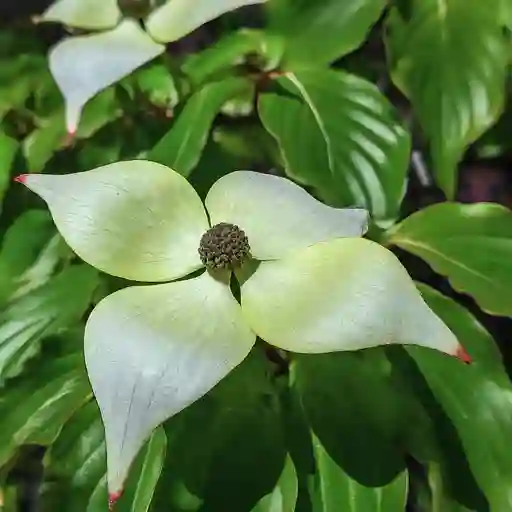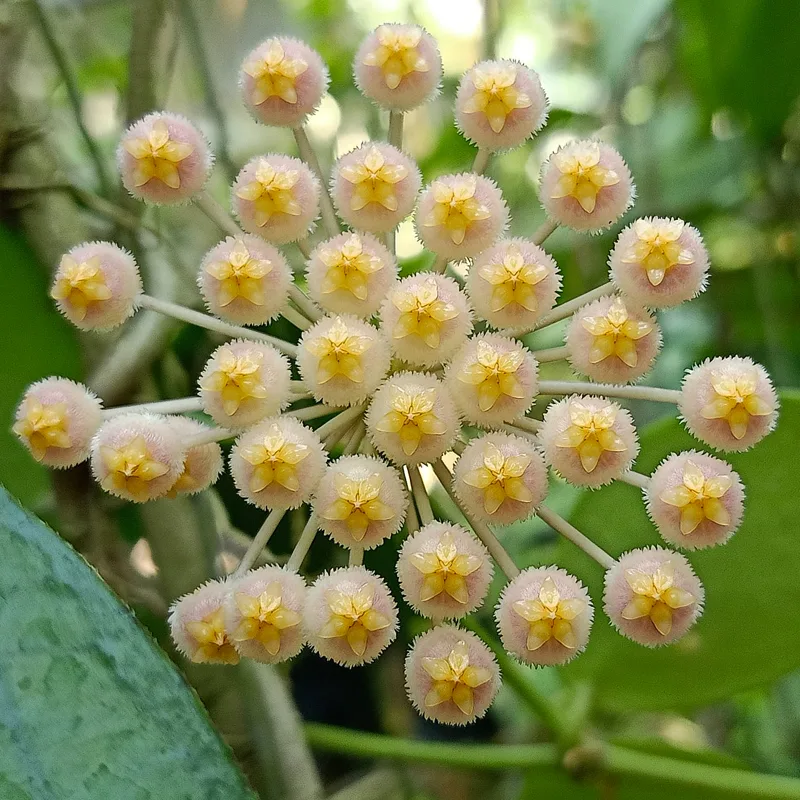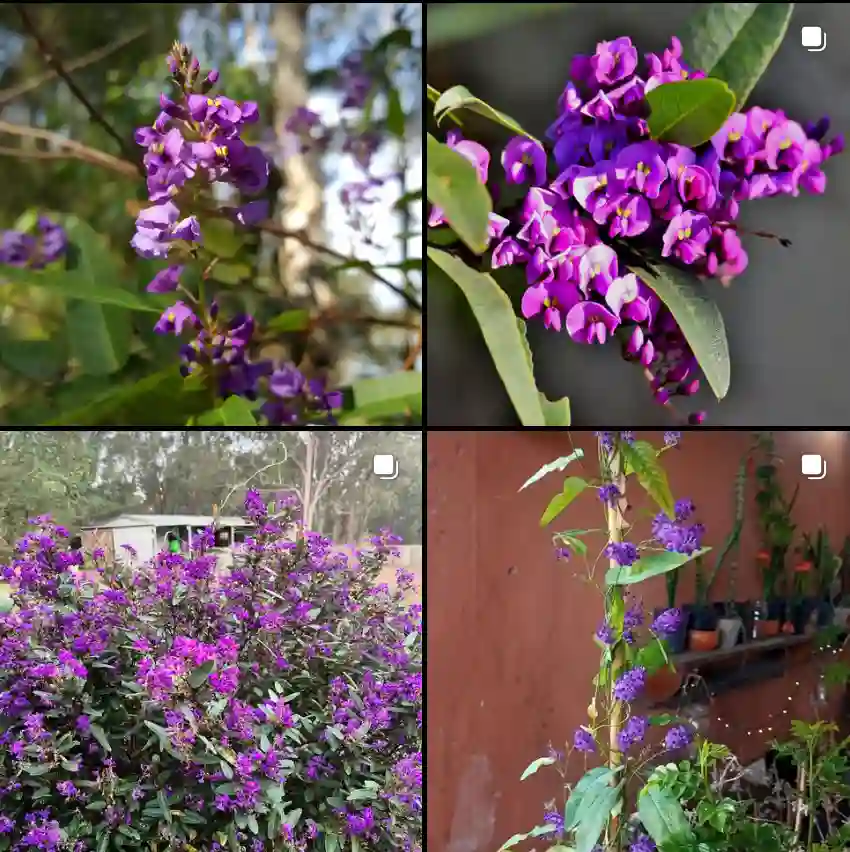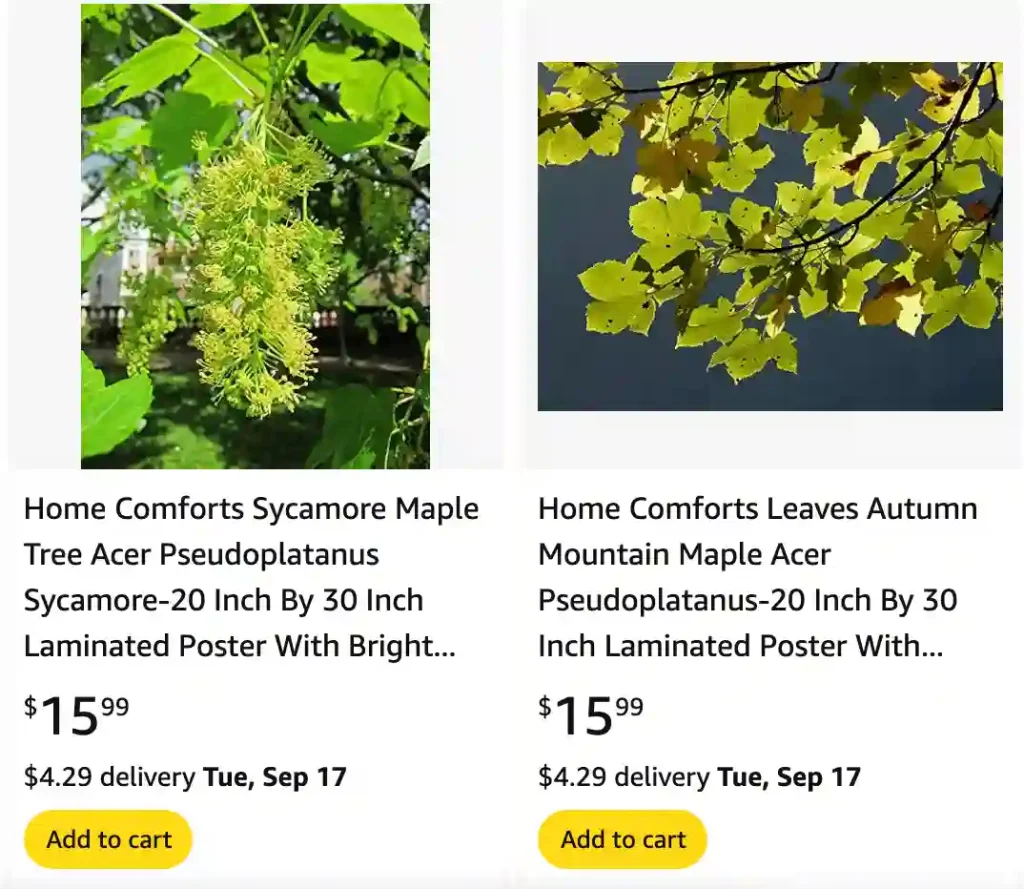
FAQs About Acer Pseudoplatanus
Acer Pseudoplatanus, commonly known as the Sycamore Maple, is a tree that has always fascinated me. With its striking appearance and adaptability, it’s no wonder that it’s a popular choice for gardens and urban landscapes. Over the years, I’ve fielded many questions about this remarkable tree, so I thought I’d compile a comprehensive FAQ to address the most common queries.
168 Species in Genus Acer – Maple Tree
What is Acer Pseudoplatanus?
Acer Pseudoplatanus, or the Sycamore Maple, is a large deciduous tree native to Europe and Western Asia. It’s known for its broad, palmate leaves and distinctive, mottled bark that can vary from gray to brown. The tree can grow up to 100 feet tall and has a wide, spreading canopy that provides excellent shade. Its impressive size and durability make it a popular choice for urban environments and large gardens.
How to Care for Acer Pseudoplatanus?
Caring for a Sycamore Maple involves a few key practices to ensure it thrives:
- Location: Choose a site with ample space. This tree needs room to spread its branches and grow to its full potential.
- Soil: It prefers well-draining soil but can tolerate a range of soil types. Ensure the soil is rich in organic matter to support its growth.
- Watering: Regular watering is important, especially during dry spells. However, the Sycamore Maple is quite drought-tolerant once established.
- Pruning: Prune the tree in late winter or early spring to maintain its shape and remove any dead or diseased branches.
How to Propagate Acer Pseudoplatanus?
Propagating Sycamore Maple can be done through seeds or cuttings:
- Seeds: Collect seeds in late summer or early autumn. Sow them in a seed tray filled with a well-draining seed compost. Keep them in a cold frame or unheated greenhouse until they germinate.
- Cuttings: Take semi-hardwood cuttings in late summer. Use a rooting hormone and place the cuttings in a pot filled with a mix of sand and peat. Keep the pot in a humid environment until roots develop.
What to Plant With Acer Pseudoplatanus?
When planting companion plants with Acer Pseudoplatanus, consider species that complement its large size and provide visual interest. Good choices include:
- Understory Plants: Consider planting shade-tolerant plants like hostas or ferns underneath the tree.
- Ground Covers: Creeping thyme or sedum can work well as ground cover beneath the Sycamore Maple.
- Flowering Plants: Shade-loving perennials such as astilbes or bleeding hearts can add color and variety to the area around the tree.
Is Acer Pseudoplatanus Toxic?
Acer Pseudoplatanus is generally non-toxic to humans and pets. However, it’s always wise to prevent pets from chewing on plant material, as excessive consumption of any plant can cause gastrointestinal issues. The tree’s sap and leaves are not known to be harmful but can be irritating to some people if they come into direct contact with the skin.
Benefits of Acer Pseudoplatanus
The Sycamore Maple offers several benefits:
- Shade: Its broad canopy provides excellent shade, making it ideal for cooling large outdoor areas.
- Aesthetic Appeal: With its unique bark and large leaves, it adds a distinctive look to any landscape.
- Wildlife Habitat: The tree attracts birds and insects, supporting local wildlife.
Common Problems with Acer Pseudoplatanus
Despite its resilience, the Sycamore Maple can face a few issues:
- Diseases: It can be susceptible to diseases such as powdery mildew and maple anthracnose. Regular inspection and treatment with appropriate fungicides can manage these issues.
- Pests: Aphids and scale insects may occasionally infest the tree. Using insecticidal soap or horticultural oil can help control these pests.
- Root Problems: In poorly drained soil, root rot can occur. Ensure proper drainage to avoid this problem.
Comparing Acer Pseudoplatanus with Similar Trees
If you’re considering alternatives to Acer Pseudoplatanus, you might look at:
- Acer Platanoides (Norway Maple): Similar in appearance and size, but with a different leaf shape and a more invasive root system.
- Acer Rubrum (Red Maple): Offers vibrant red foliage in autumn and is somewhat smaller in stature, making it suitable for smaller gardens.
- Acer Campestre (Field Maple): A smaller, more compact option with a similar look but better suited to smaller spaces.
Conclusion
Acer Pseudoplatanus is a versatile and visually appealing tree that can enhance any landscape. By understanding how to care for it, how to propagate it, and what to plant with it, you can ensure that it thrives and adds beauty to your outdoor space. Whether you’re dealing with common problems or comparing it to other similar trees, knowing the ins and outs of this magnificent species will help you make the most of it in your garden.
If i die, water my plants!
